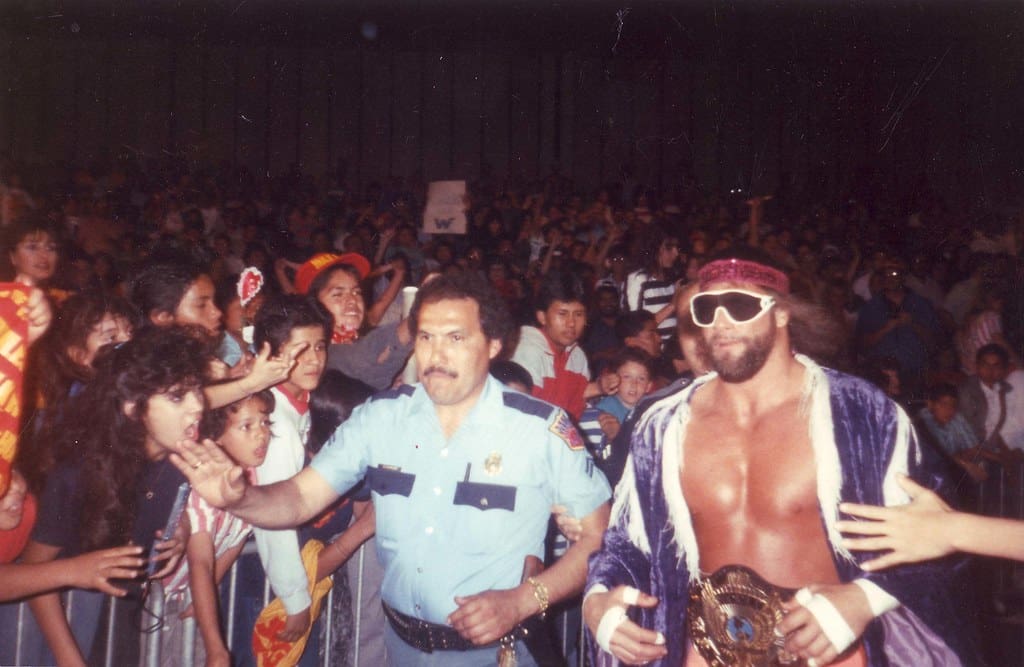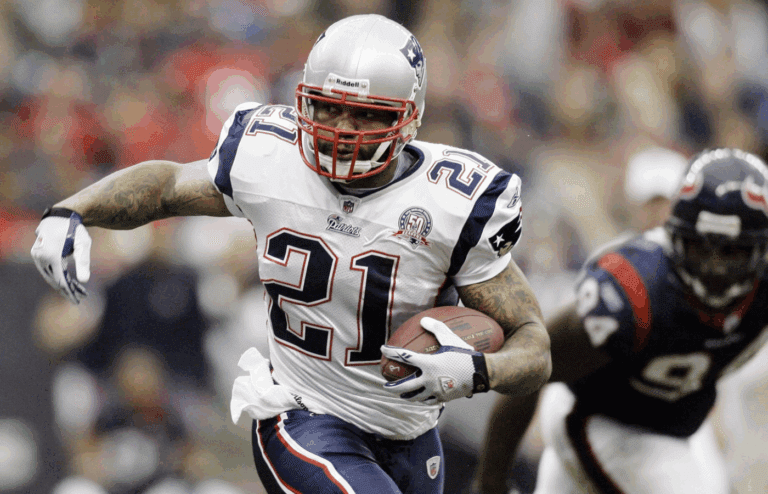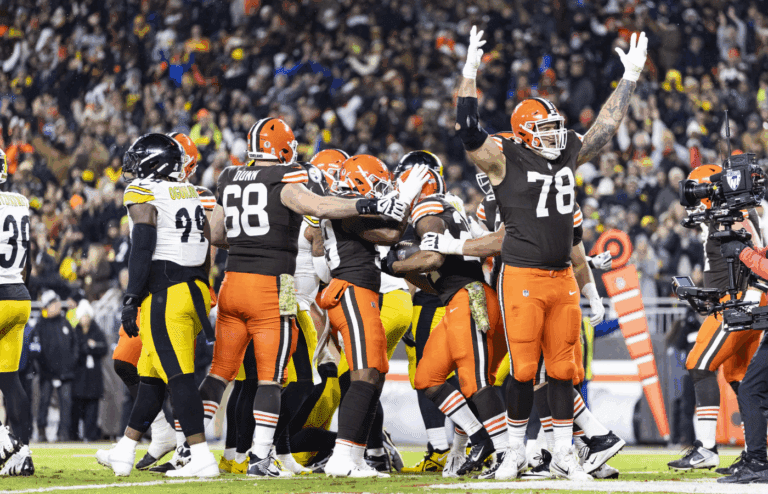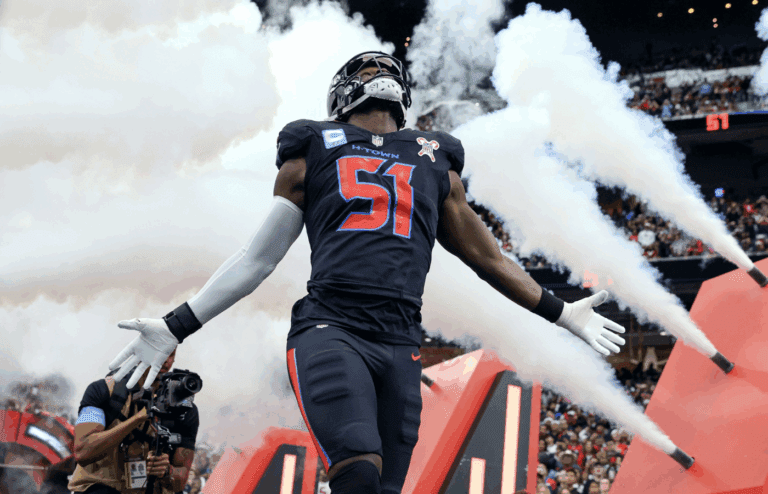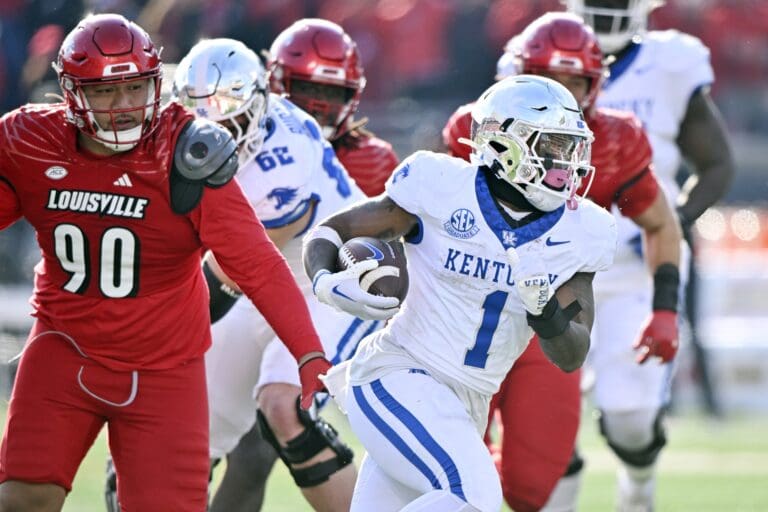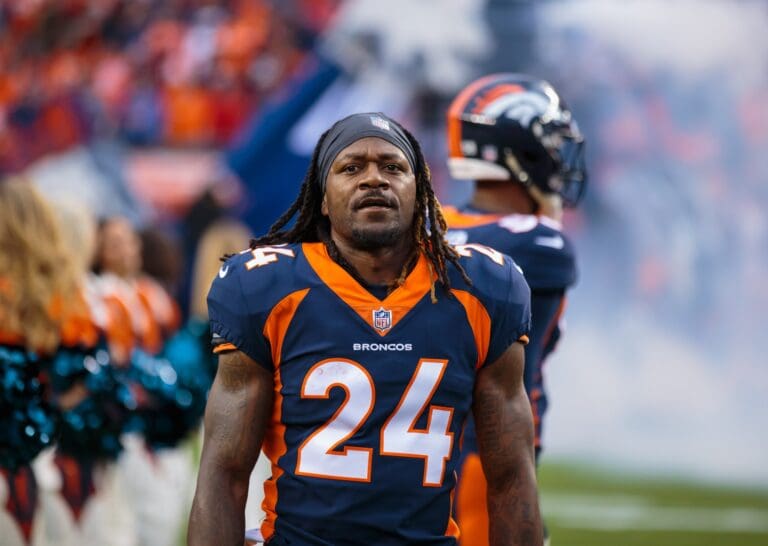The Macho Man, the Cream of the Crop, the biggest and meanest man to ever step into the ring… Whatever you call him, Randy Savage was one of the best to ever do it. The beloved wrestler was known for his outlandish in-ring attire, his raspy voice, and his larger-than-life intensity. Let’s take a look back at his legendary career and see how Randy Mario Poffo became the Macho Man.
Early Life
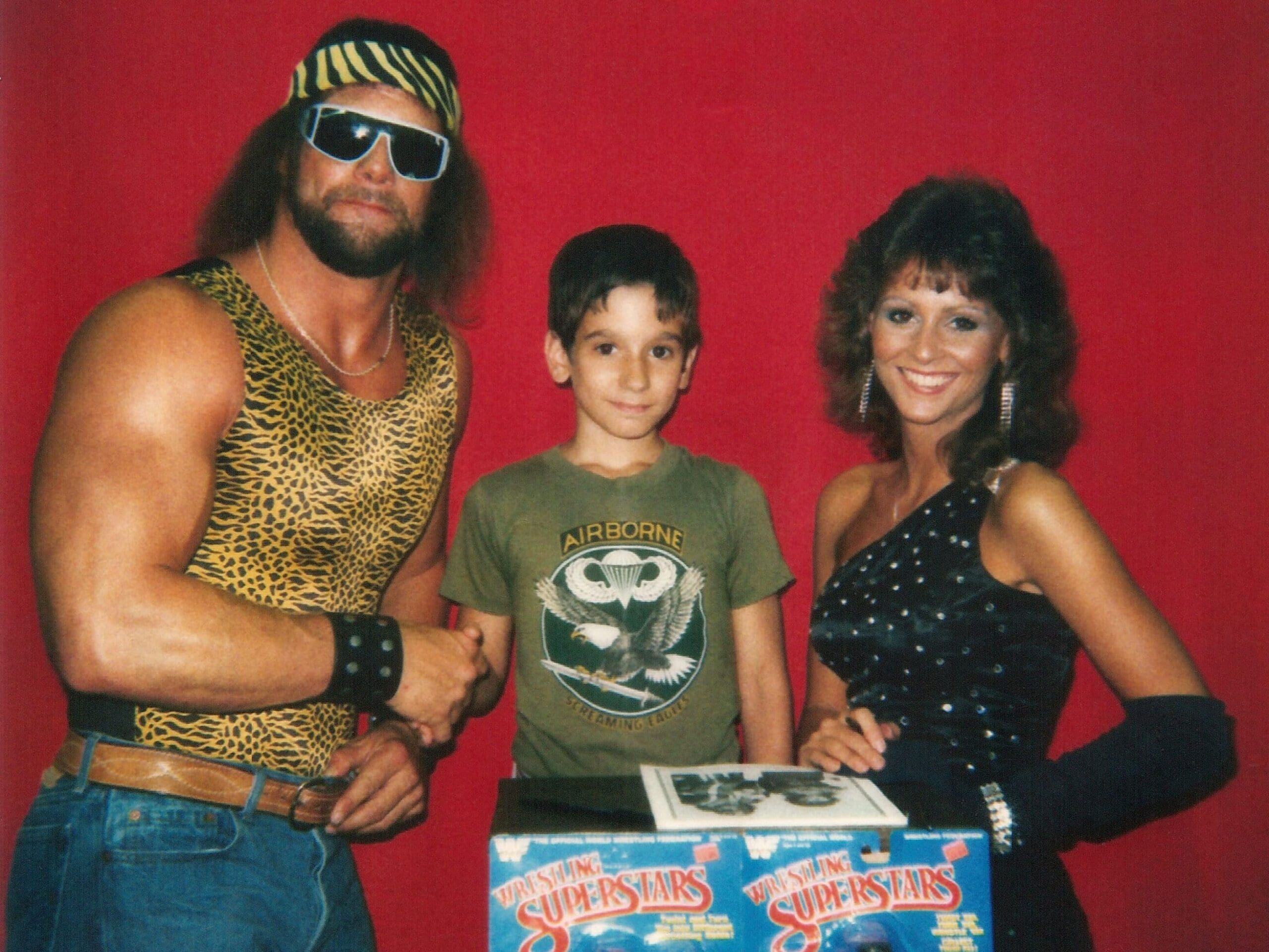
The man who would be immortalized as Randy Savage was born as Randy Poffo on November 15, 1952. His father, Angelo Poffo, was Italian American and his mother, Judith Poffo (maiden name Sverdlin) was Jewish American. They raised Randy Catholic.
Angelo Poffo
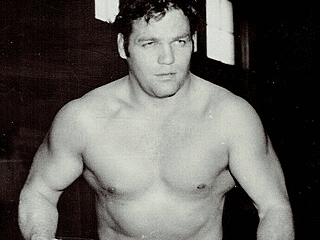
Notably, Randy’s dad was himself well-known as a professional wrestler in the 1950s and won the NWA United States Heavyweight Championship in 1958. He continued wrestling in until 1991. He even appeared in a WCW event while managing his son Randy.
Lanny Poffo
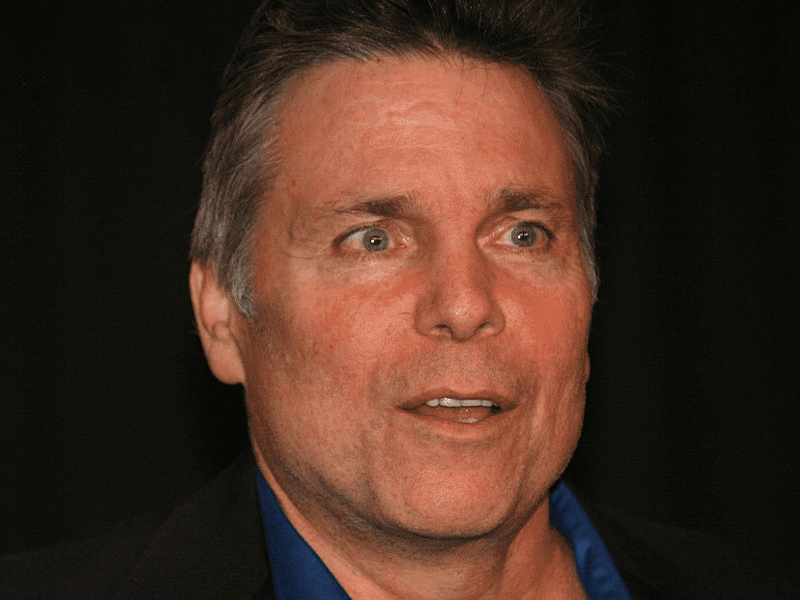
Randy also had an older brother, Lanny Poffo. Lanny went on to become a professional wrestler himself and used the stage name “the Genius.” He was also billed occasionally as “Leaping” Lanny Poffo. As such, it’s easy to see why Randy was so eager to get into pro wrestling himself!
Baseball

Randy briefly played minor league baseball out of high school for the St. Louis Cardinals organization. Interestingly, he didn’t even have a short baseball career. He played 289 minor league games over four seasons and batted .254 with 16 home runs. That’s not bad for a guy who isn’t known for his baseball playing.
Entering the World of Wrestling
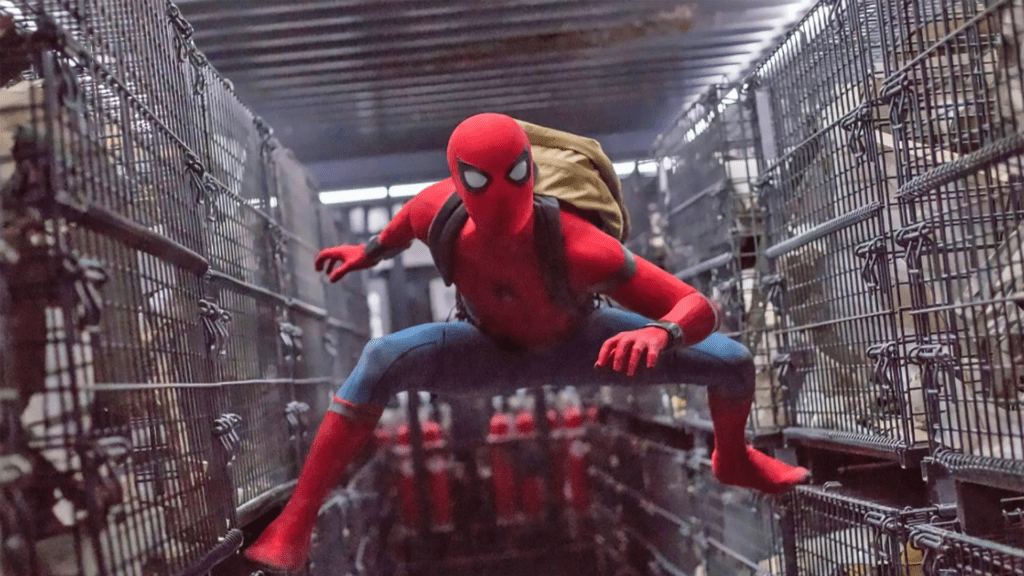
Randy first started dabbling with professional wrestling during the fall and winter of 1973 while baseball was out of season. He initially portrayed a character called “The Spider,” who was loosely based on Spider-Man. He’d make a fun callback to these origins nearly 30 years later, but we’ll get to that.
Randy Savage
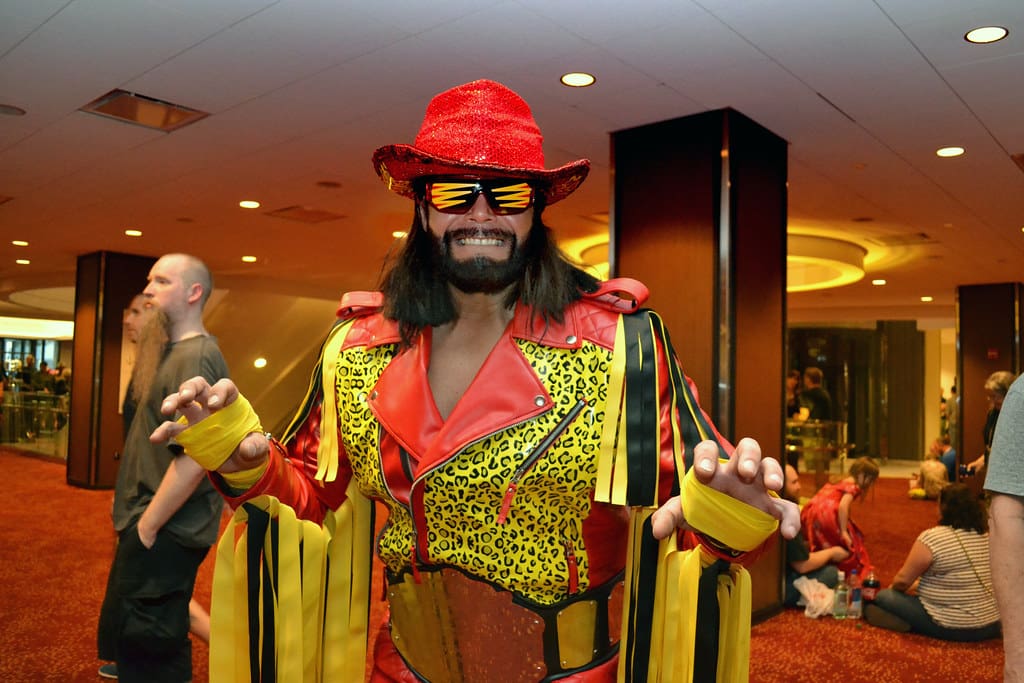
Poffo ended up taking the name “Randy Savage” after his trainer and friend Terry Stephens told him that his birth name didn’t fit someone who “wrestled like a savage.” Poffo realized that he wasn’t going to get much further with his baseball career, so he changed his stage name and went into pro wrestling full time.
International Championship Wrestling
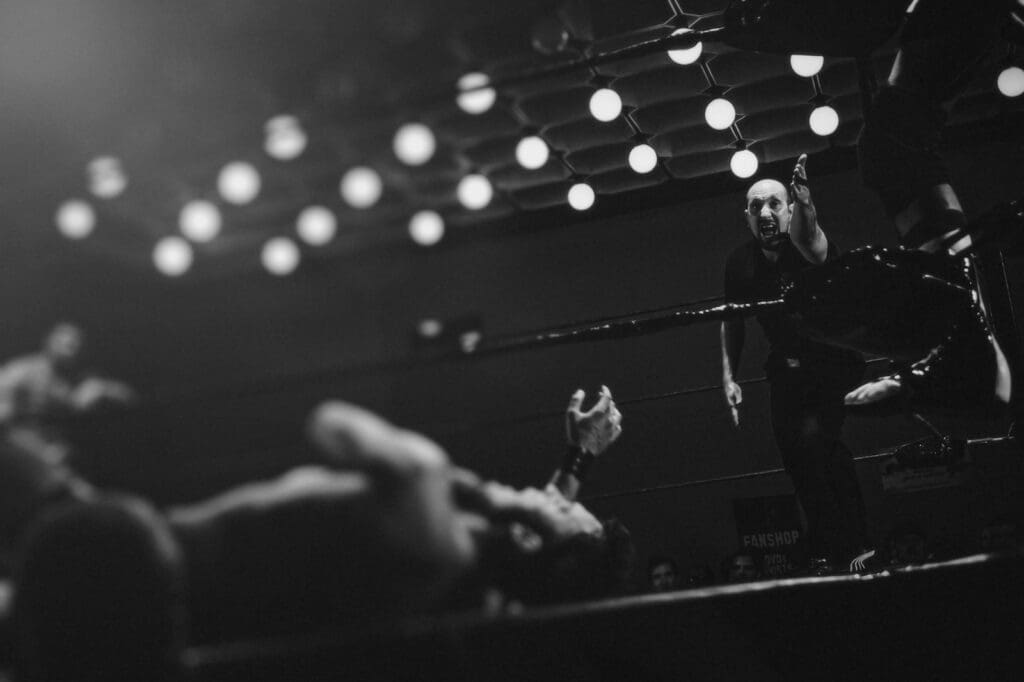
Angelo Poffo didn’t think his sons were getting the attention they deserved in smaller Southeastern circuits around Kentucky, so he started his own “outlaw” wrestling promotion, International Championship Wrestling. Savage proceeded to bounce around numerous promotions throughout the 70s and early 80s.
WWF

Randy Savage joined up with Vince McMahon’s World Wrestling Federation in June 1985, signing on as the supposed “top free agent in pro wrestling.” His earliest storyline involved numerous managers offering him their services, all for Savage to turn them down and hire Miss Elizabeth.
Miss Elizabeth
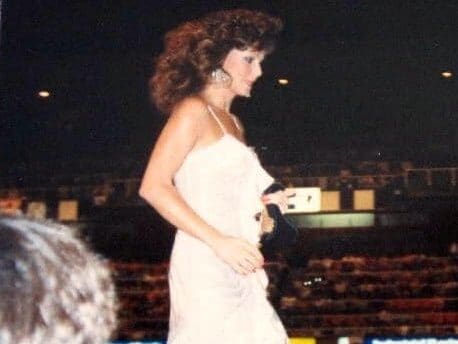
Elizabeth Ann Hulette, known in the ring as Miss Elizabeth, was Randy Poffo’s actual wife. Part of Savage’s gimmick in this era was that he would act extremely possessive of Miss Elizabeth and would go ballistic on anyone who looked at her the wrong way. This was, apparently, pretty far from reality. People who knew Poffo in the real world say he was very loving and sweet toward Hulette.
The Ultimate Heel
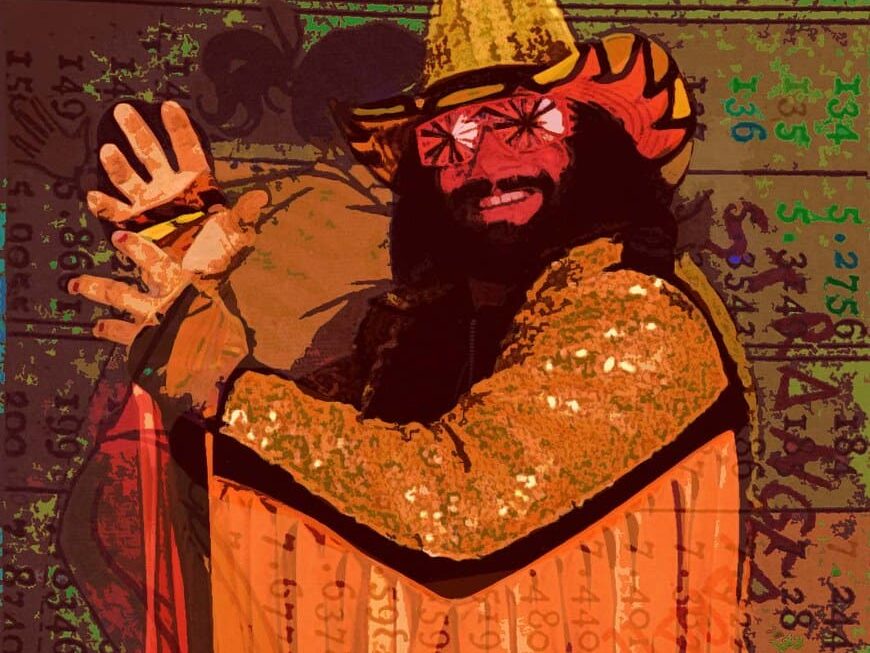
Savage was an extremely popular wrestler after his WWF debut, in large part due to his persona as a domineering bully who would use his absurd physique to assault even ringside staff and managers. He would smuggle in weapons from outside the ring, feud with babyface wrestlers, and generally act like a menace.
Heavyweight Title
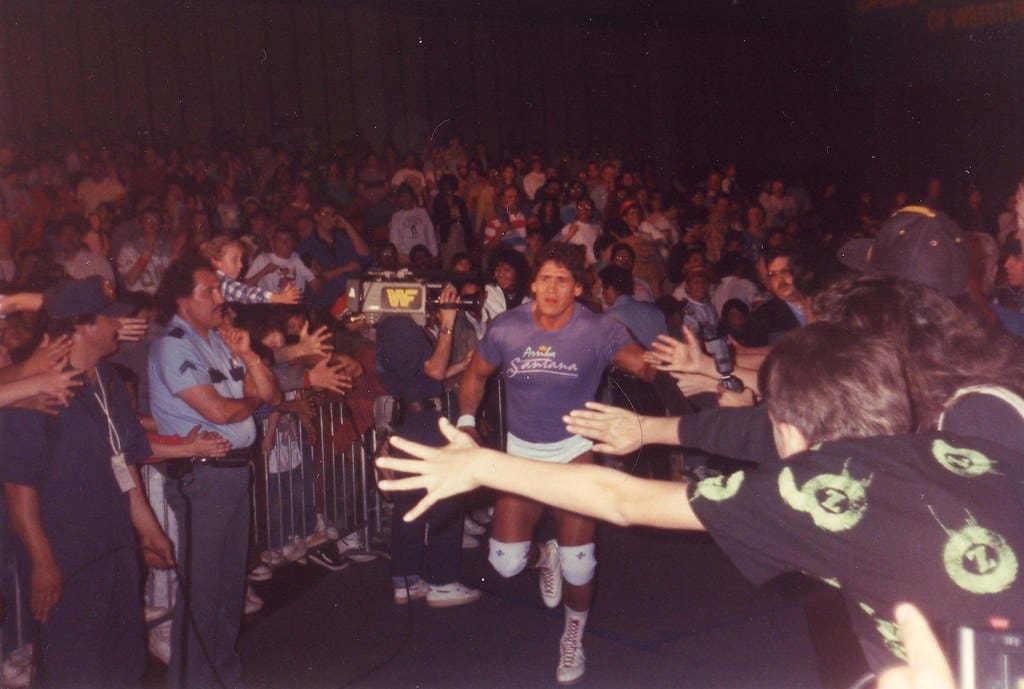
On February 8, 1986, Savage won the WWF Intercontinental Heavyweight Championship by knocking out Tito Santana with a steel object he smuggled in his tights. This “objectionable” heavyweight title helped further boost Savage’s profile in the WWF. In this era, he clashed a few times with Hulk Hogan, one of the foremost wrestlers of their era.
Designing a Persona
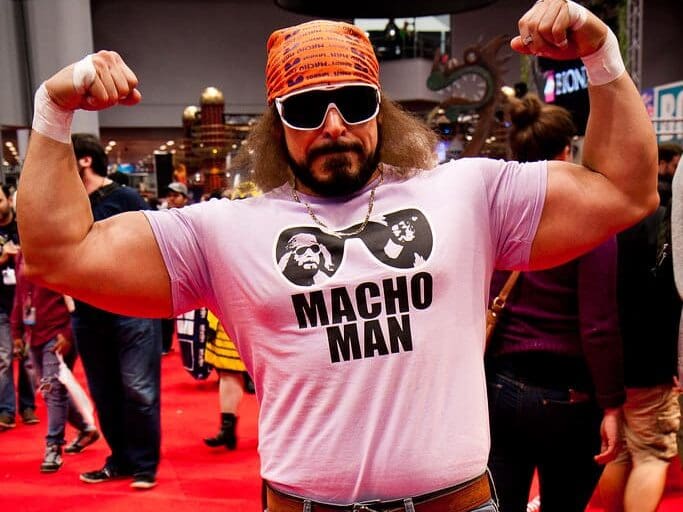
Savage’s image started to really coalesce in the late 80s, as Florida-based designer Michael Braun outfitted him with his now-iconic bedazzled jacket, giant hat, and oversized sunglasses. He became extremely popular with fans despite his heel persona, just because of how charismatic he was in pre- and post-match press events.
Softening Image
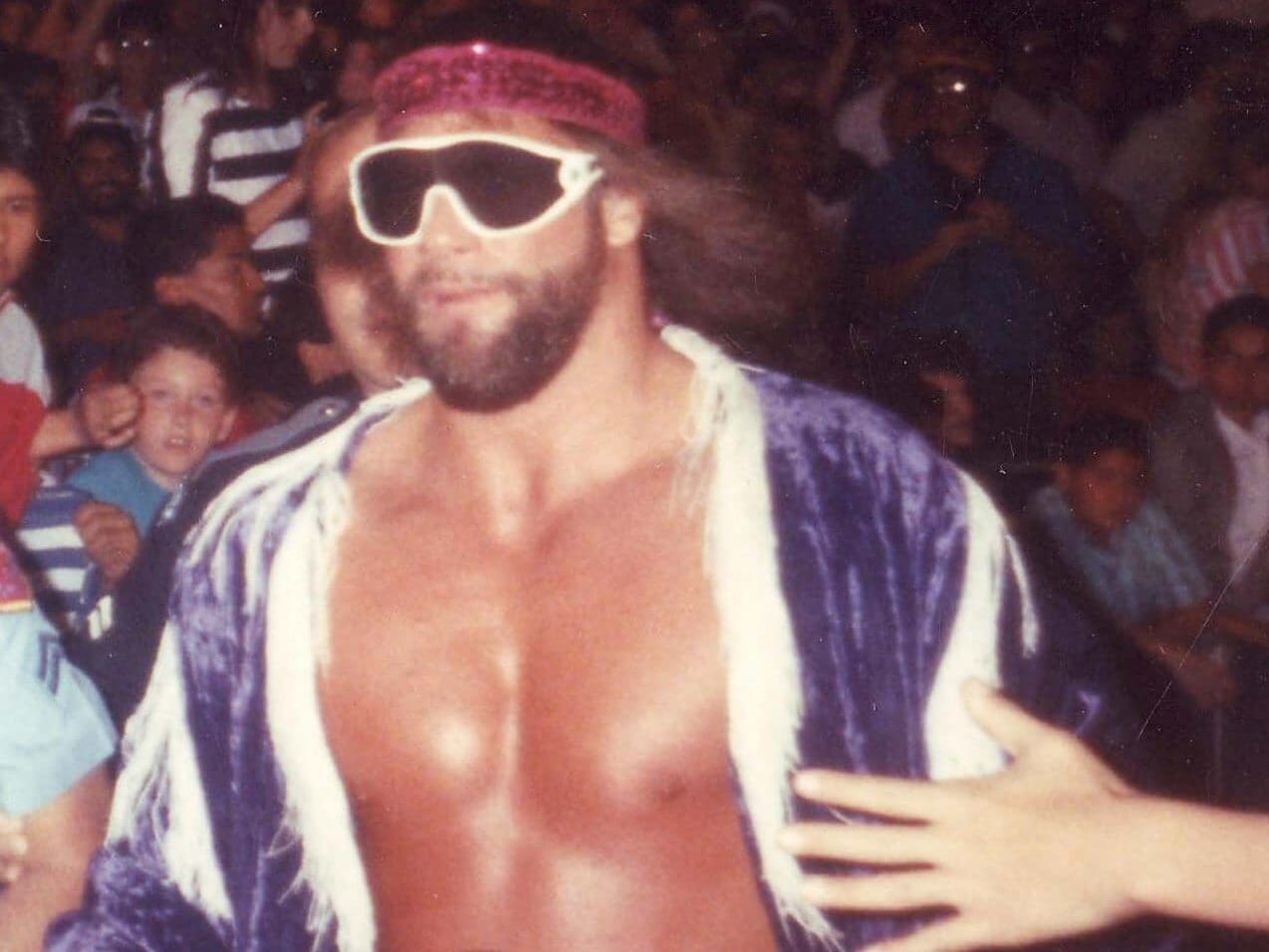
Since he was becoming so popular with fans, the WWF leaned into his likeability and had him start treating Miss Elizabeth better in his stage persona. He also stopped being actively disdainful of the fans, creating a somewhat unusual niche for his not-quite-heel, not-quite-babyface persona.
The Mega Powers
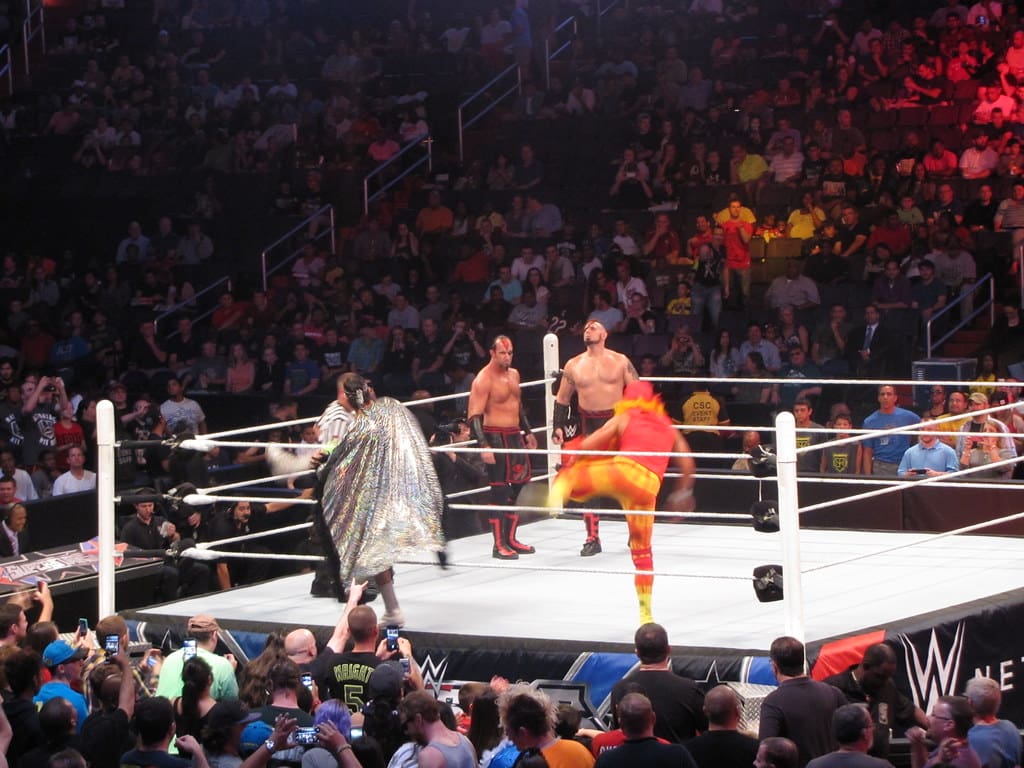
In perhaps the most beloved Savage storyline in the WWF, one title match in March 1988 saw The Hart Foundation (Bret “Hitman” Hart” and Jim “the Anvil” Neidhart”) teamed up on him in a two-against-one fight. Miss Elizabeth ran backstage and asked Hulk Hogan to rush to Savage’s aid, and the two teamed up to become The Mega Powers.
The Inevitable Trouble
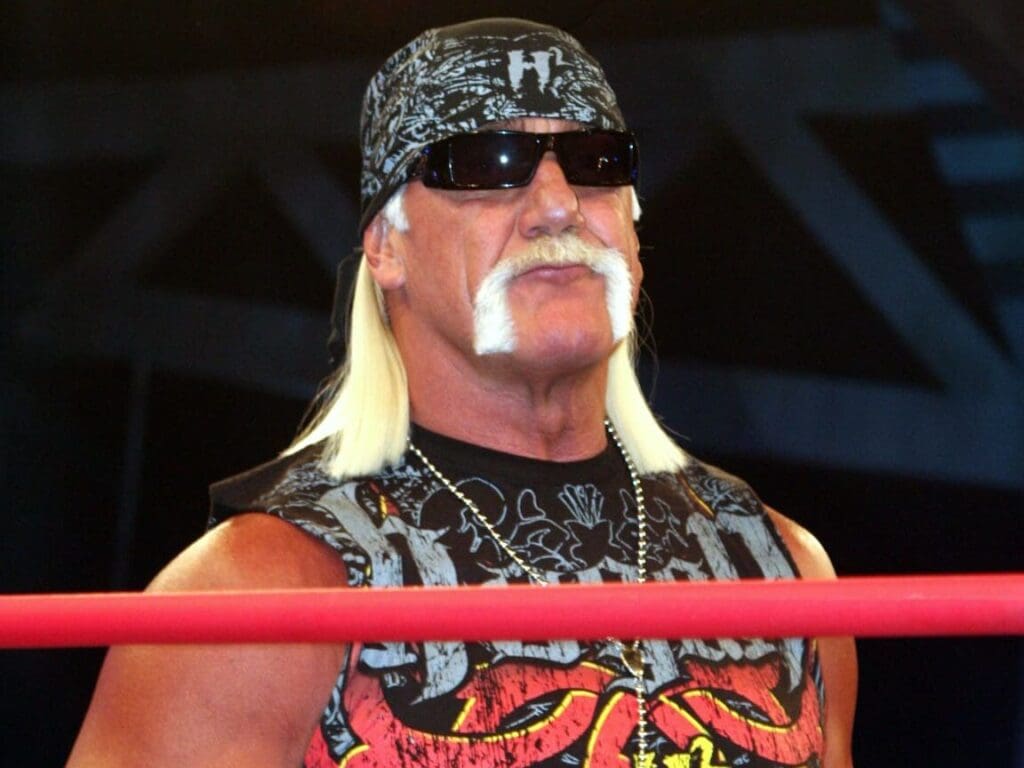
Of course, because it was wrestling, things had to go wrong for the storyline to stay interesting. Hogan took on Miss Elizabeth as his manager in January 1989 and drew the jealousy of Savage. The WWF played up Savage’s possessiveness again, and the two started brawling after Hogan accidentally eliminated Savage during a Royal Rumble match.
Breaking up the Mega Powers
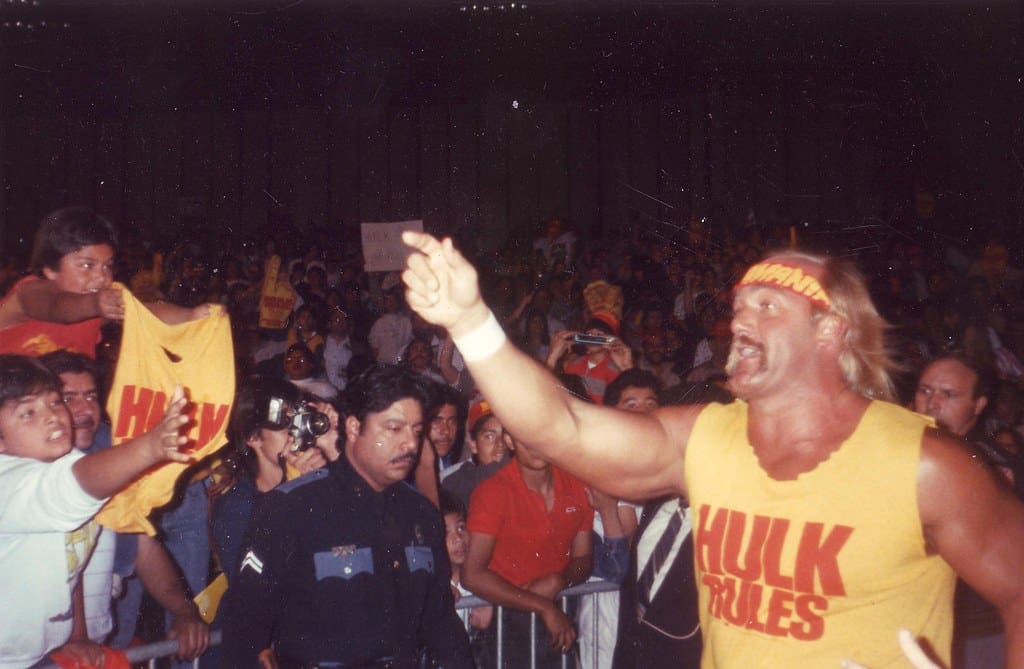
The Mega Powers split after a match in which Miss Elizabeth was “injured” and Hogan ran out of the ring to tend to her in the back rooms. Savage became so blinded by jealous rage that he declared Hogan the worse of the two wrestlers and he once again turned heel. Miss Elizabeth stayed with Hogan, while Savage took on Sensational Sherry as his manager.
Macho King
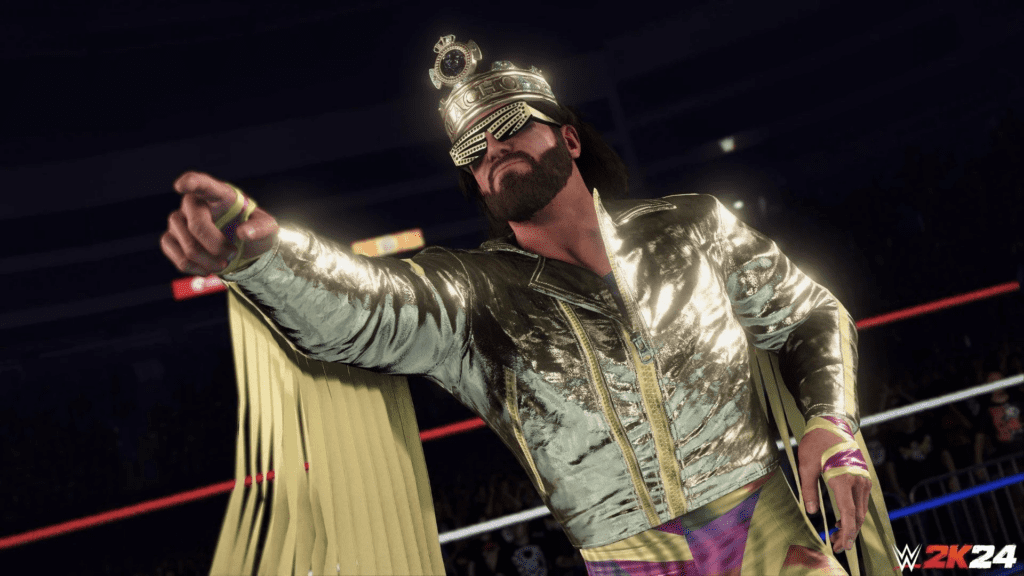
From 1989 onward, after winning the title “King of the Ring,” Savage started going by the name “Macho King” and calling his manager “Sensational Queen Sherri.” After a particularly devastating loss to The Ultimate Warrior, Sherri attacked Macho King as he lay in the ring. Miss Elizabeth returned to defend him.
Return to the Ring

After a “career-ending” loss to The Ultimate Warrior, Savage orbited the WWF for a few years a non-wrestling capacity. Eventually, the Ultimate Warrior relented and the two formed a tag team called the “Ultimate Maniacs.” In the early 90s, some of Savage’s final appearances in the WWF were alongside Warrior as he sought to win the championship back from Ric Flair.
Read More: The Most Iconic Wrestlers in WWE History
Later Career
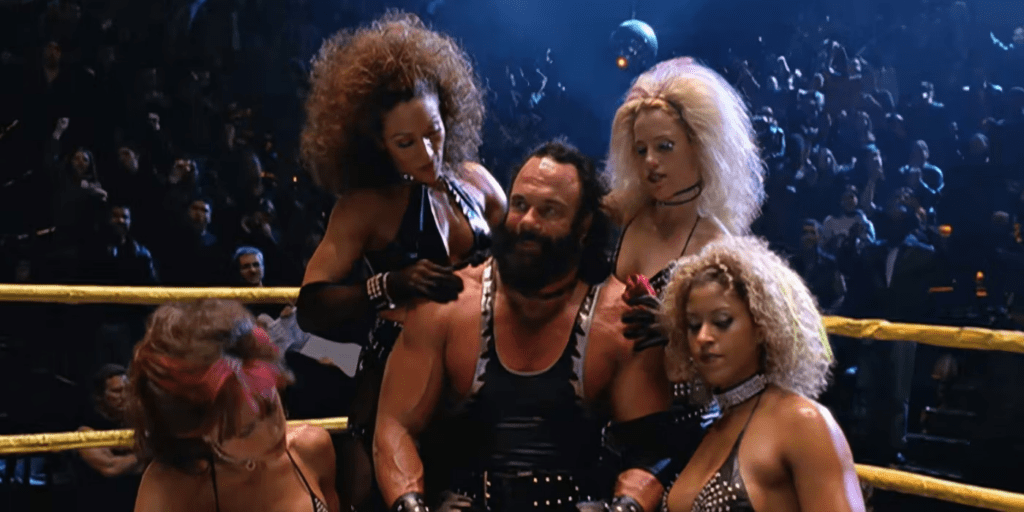
Savage retired from wrestling around 2000 but appeared in the 2002 film Spider-Man as “Bonesaw,” a wrestler the young Peter Parker competed against with his new spider powers. This reference to Savage’s early career delighted fans. During this time, he was also well known for his role as the spokesman for Slim Jim.
Read More: The 10 Highest-Paid WWE Wrestlers in the Ring Today
Death
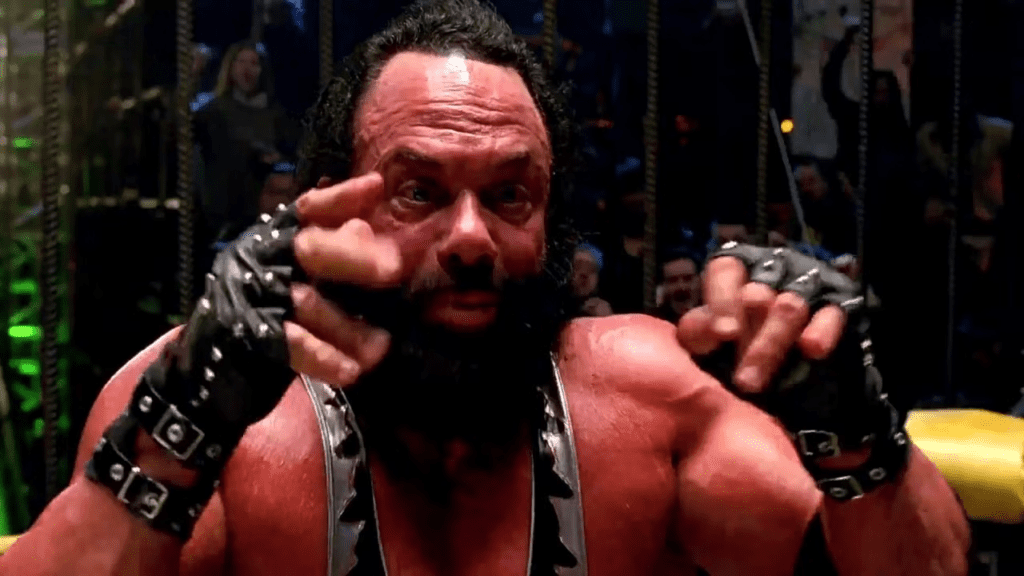
Savage tragically passed away on May 20, 2011, when he became unresponsive driving his jeep and crashed into a tree. It was determined that he’d suffered a heart attack. He was 58 when he passed away. He had never been treated for heart problems and was probably not aware of his condition. He’ll be remembered as one of the best wrestlers to ever step into the ring.
Read More: Hulk Hogan: The Rise and Reinvention of a Wrestling Icon

